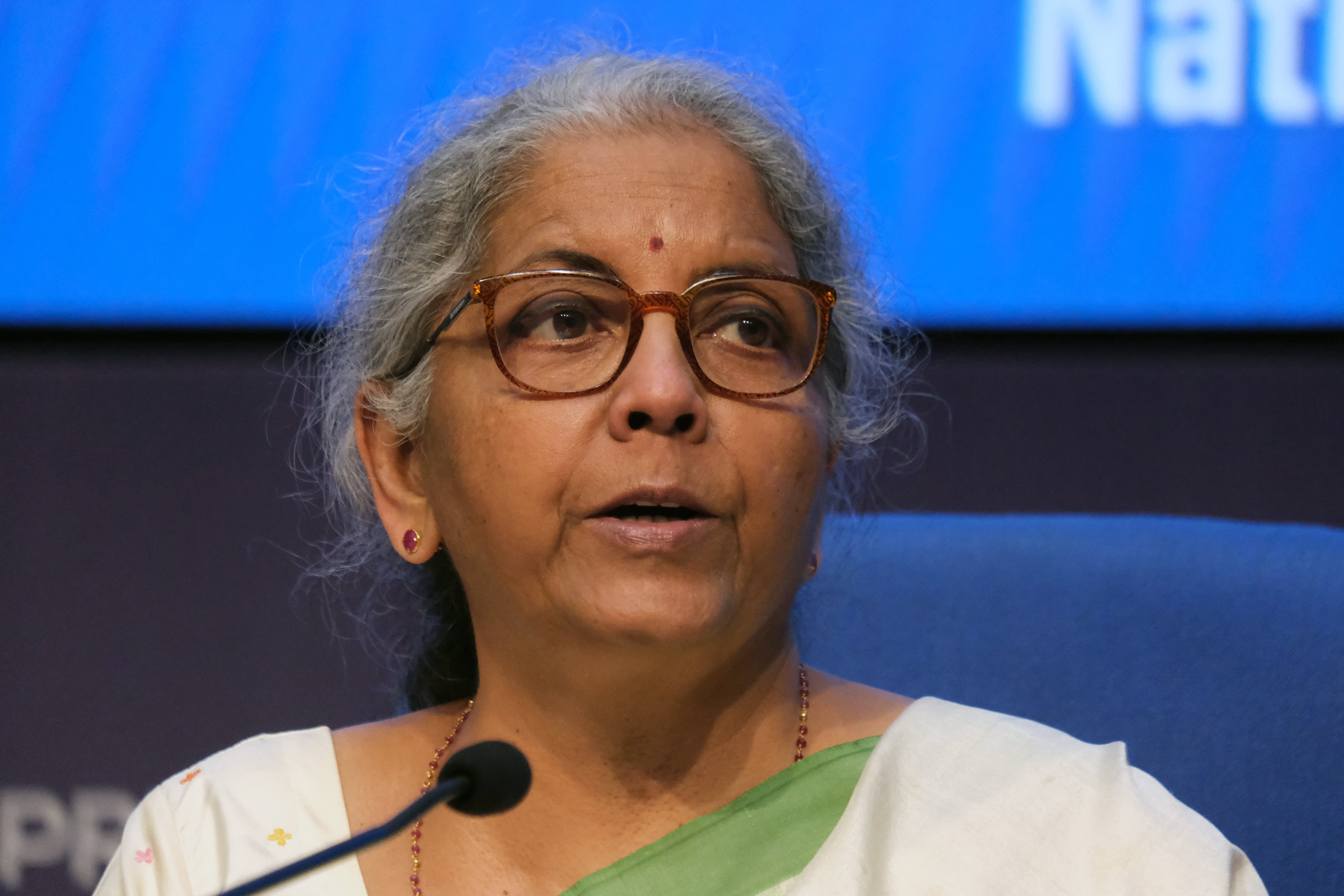
India’s finance minister will present the annual budget to parliament on Wednesday. It comes as the government faces a tough balancing act to ensure fiscal prudence and growth ahead of a global slowdown.
Finance Minister Nirmala Sitharaman will announce the final full-year budget before the next general elections in 2024.
“There are multiple targets that the government has to kind of aim at,” Suvodeep Rakshit, senior economist at Kotak Institutional Equities, told CNBC’s “Squawk Box Asia” on Wednesday.
“The budget lies [in] the fine balance … between fiscal consolidation and kind of pushing [for] growth — while the global economy kind of slows down.”
In its annual economic survey released Tuesday, the finance ministry said it expects the economy to grow 6.5% in the fiscal year from April 2023 through to March 2024.
That’s compared 7% growth estimated for the current fiscal year which ends in March this year.
Analysts expect the government to focus on continued fiscal consolidation for this year’s budget, despite challenges.
This will allow the government to keep “the gunpowder dry, in case, there is any kind of economic slowdown that comes in — let’s say in the next year and a half,” said Rakshit.
Inflationary pressures
“The government’s promised fiscal consolidation path will require a Herculean effort over the next few years,” HSBC economist Pranjul Bhandari said in a recent note, adding that cutting budget deficits would be necessary for controlling inflation.
“The fiscal deficit is likely to fall from a budgeted 6.4% in FY23 to 5.8% in FY24; but market borrowings could remain elevated,” she added. “A negative fiscal impulse will likely help contain inflation and external deficits, aiding macro stability in uncertain times.”
The government will also want to ensure that there’s money in the hands of consumers before government goes in for the big election calendar.Devang Mehtahead of equity advisory, Centrum Wealth
The Reserve Bank of India’s projection of 6.8% inflation for 2023 was above the upper target limit of 6%, according to the economic survey.
“While India’s retail inflation rate peaked at 7.8 per cent in April 2022, above the RBI’s upper tolerance limit of 6 per cent, the overshoot of inflation above the upper end of the target range in India was however one of the lowest in the world,” the report said.
Investors will also be keenly watching how much borrowing is done by the government this year, Rakshit said.
“Expectations are between 15 to 16 trillion rupees. Anything beyond that will be seen negatively,” in terms of borrowing, he noted.
Government incentives, like tax relief for people in the lower and middle income segments of the population, will be another major factor in the budget, said analysts.
“This is the last full year budget for the government before general elections 2024. It also coincides with eight big state elections for 2023,” Devang Mehta, head of equity advisory at Centrum Wealth, told CNBC’s “Streets Signs Asia.”
“So the government will also want to ensure that there’s money in the hands of consumers before government goes in for the big election calendar. We are hoping for some relief given to the middle class and lower income bottom pyramid population.”
Source: CNBC
